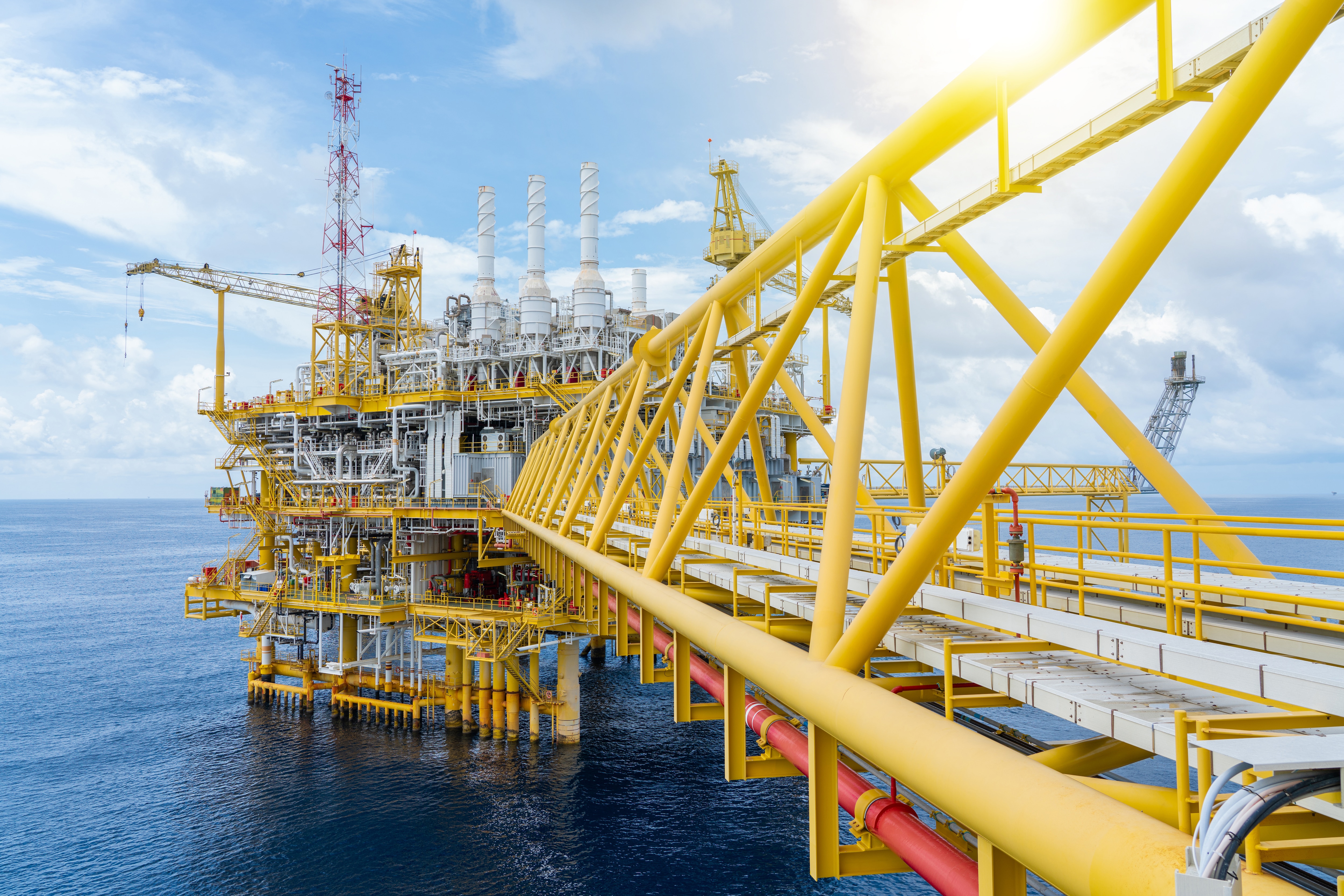

Methane is the main component of fossile fuels like crude oil and natural gas. Methane contributes significantly to global warming with a Global Warming Potential (GWP) of 30. As a result of increasing climate awareness, a trend towards greater responsibility in natural gas production has emerged, particularly in the United States. Many producers make additional efforts to reduce their carbon footprint. These efforts are partly documented by measurements and certified by external bodies. For example, production sites are continuously monitored for their methane emissions. Using optical spectroscopy, such as the TDLS technique, methane concentrations can be detected in the sub-ppm range already. Thanks to the small-volume measuring cell of the LGD Compact, gas exchange takes place within a few seconds and the measurements can be recorded in real time.

For instance, by 2040, the annual production volume is expected to exceed 5 trillion cubic meters of natural gas. Over 50% of this volume is produced in the USA, Russia, Iran, Canada and Qatar. However, the consumers for this energy source are widely distributed around the world. These large quantities of produced gas then have to be transported to the end user. In addition to ships with natural gas tanks, this is also done via the countless pipelines that are laid both above and below ground. The longest pipelines are several thousand kilometers long and connect, for example, production sites in Siberia with Central Europe. Natural gas is transported in these pipelines at speeds of up to 30 kilometers per hour. To do this, the gas has to be compressed, i.e. put under higher pressure, so that the flow resistance can be overcome. This pressure and the sometimes very old weld seams on the pipelines are reasons for frequent unintentional leaks. According to estimates by the International Energy Agency (IEA), most of these methane losses could be avoided. And in some cases even without additional costs. If methane leaks could be detected in good time using suitable measurement technology, the operator would lose less natural gas, which in turn could be sold. Like that the measurement technology used quickly pays for itself.